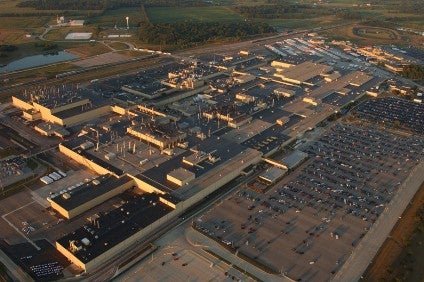
Honda and Ohio State University will establish a new battery cell research and development centre.
Slated to open in April 2025, the lab will accelerate the domestic development of battery cell materials and manufacturing technology while providing an experiential learning setting for advanced battery technology workforce development.
With US$22m in commitments to date, this project will include the renovation of a 25,000-square-foot facility in Ohio State’s innovation district into a dedicated battery cell research, production and education support facility. The centre will be managed and operated at Ohio State by the Institute for Materials and Manufacturing Research (IMR).
Honda will serve as lead foundational partner for the project and has committed $15m.
Bob Nelson, executive vice president of American Honda Motor, said: “We have had a long standing relationship with Ohio State that goes back more than 30 years and this new facility is an extension of that. This will be a great resource to train the next generation workforce in advanced manufacturing technology.”
“Schaeffler is developing the next generation of all solid state battery technology to support the automotive industry’s transition to electric mobility. Our strategic partnership with university provides a hands-on and collaborative approach with the goal of providing industry-leading and scalable solutions that will position Ohio at the centre of battery technology,” said Jeff Hemphill, chief technology officer of Schaeffler Americas.

US Tariffs are shifting - will you react or anticipate?
Don’t let policy changes catch you off guard. Stay proactive with real-time data and expert analysis.
By GlobalData$4.5m in federal funding was secured through the National Institute of Standards and Technology’s (NIST) Extramural Construction program.
The federal funding will support a 4,000 square foot dry room which is necessary for the assembly of battery cells due to the extreme moisture sensitivity of cell components. The dry room and new battery cell assembly equipment will facilitate the accelerated development and translation of batteries from the lab to practical scales, including the electric vehicle market.



